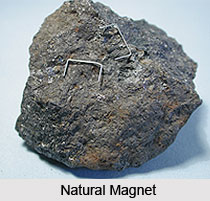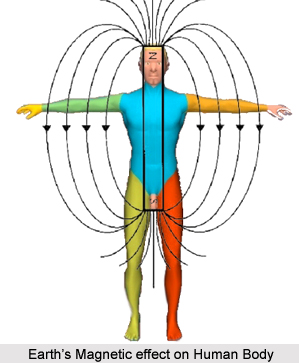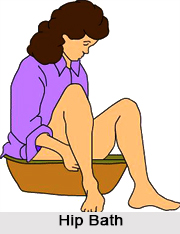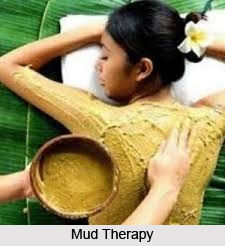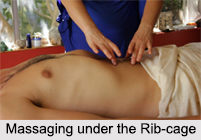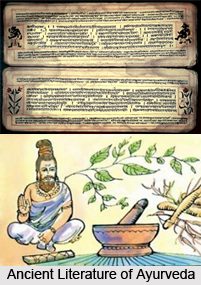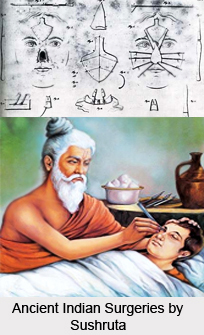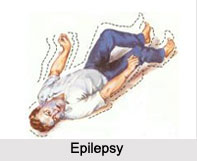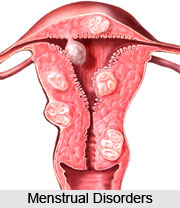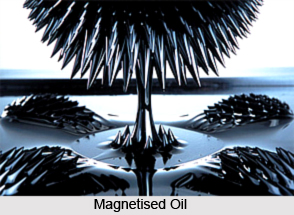The symptoms of a gout attack are most commonly noticed at night. The patient may feel an intense pain in the joints with agonising sensation of stretching and tearing, along with pressure and tightness in the affected joints.
The symptoms of gout include the imbalance of uric acid in blood. Thus the instability of uric acid bars the kidney to ooze out uric acid through urine. Including joint pain and swelling, multiple joints, the kidneys, bones and tendons may be affected in severe cases of gout. The affected area is much likely to become more sensitive and the swelling often spreads over the whole foot. The patient may experience fever (up to 39°C/102°F) during this gout attack. The severity of gout attack generally declines gradually within three to ten days. But in some cases, the attacks of gout do not go away but occur repeatedly as chronic gout. The inflammation persists, while the crystals can permanently damage and deform the affected joints.
The commonly known gouts are pseudo gout, Tophaceous Gout, Primary and Secondary gouts. The symptoms of these gouts are almost similar to those of normal gout. The patients feel severe pain, swelling, redness and stiffness that may be accompanied by a mild fever. Unlike normal gout which comes and goes, in some cases of pseudo gout the pain and stiffness may be long lasting.
The symptoms of gout have a possibility to develop uric acid crystals in tissues other than the joints, forming deposits called tophi. Even the tophi can show up as whitish or yellowish chalky lumps under the skin, typically in the fingers, toes, back of the elbow, behind the heel, and around the outer edge of the ear. The tophi sometimes poke through the skin, leading to ulcerations or sores. During this phase, very red or purplish skin around the affected joint can be seen to be infected. According to the medical studies, the symptoms of gout may occur after an illness or surgery and the joints of the feet, ankles, knees, wrists, fingers and elbows may also be involved with the development of big toe. In some cases, the gout symptoms can be recognised when inflammation of the fluid sacs (bursae) that cushion tissues may develop, particularly in the elbow (olecranon bursitis) and knee (prepatellar bursitis).
The symptoms of gout vary as there are different types of inflammatory diseases that resemble the symptoms of gout. Gout generally affects the feet, particularly the big toe. Symptoms of gout are more likely to appear in men than women. Other symptoms of gout includes increased heart rate, restricted range of motion of joint, formation of hard masses (tophi) under the skin on the ear, around joints, near the Achilles tendon, or around elbows and kidney stones. Even frequent gout attacks can damage joints and ligaments.
Once the symptoms of gout are noticed, proper diagnosis of gout should be done to confirm the presence of gout in the body. Following the diagnosis appropriate treatment of gout should be done get relief from this inflammatory disease. Treatment of gout should be inclusive of dietary changes, exercise, weight control and drug therapies which are typically effective in reducing or eliminating further acute attacks of gout.





